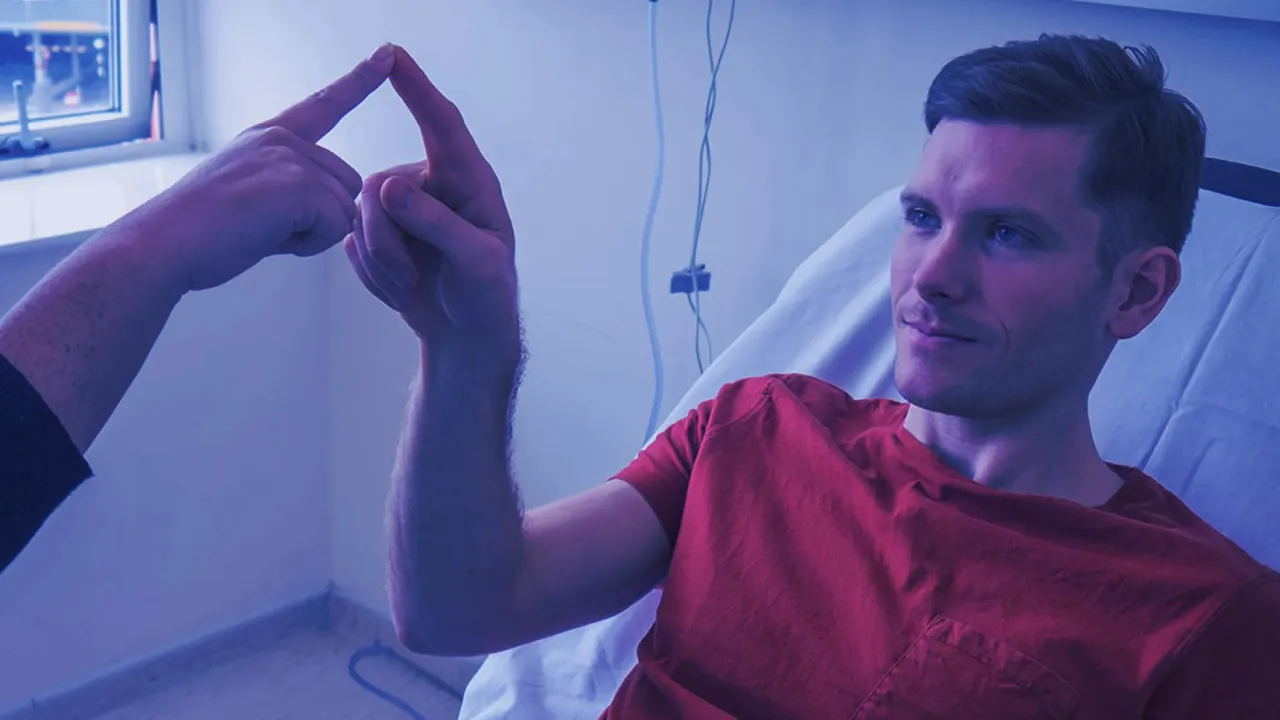Cerebellar ataxia is a neurologic disorder that affects a person’s ability to coordinate voluntary muscle movements. It is caused by damage or dysfunction in the cerebellum, the part of the brain responsible for coordinating movement and balance.
Causes of Cerebellar Ataxia: Cerebellar ataxia can develop due to various underlying conditions that affect the cerebellum. Some possible causes include:
• Genetic Disorders: Certain genetic conditions, such as Friedreich’s ataxia and ataxia telangiectasia, can lead to cerebellar ataxia.
• Traumatic Brain Injury: Severe head injuries, such as those resulting from car accidents or falls, can damage the cerebellum and cause ataxia.
• Stroke: When blood flow to the cerebellum is disrupted due to a stroke, it can lead to ataxia.
• Infections: Certain infections, such as encephalitis or meningitis, can damage the cerebellum and cause ataxia as a secondary effect.
Symptoms of Cerebellar Ataxia: The symptoms of cerebellar ataxia can vary depending on the underlying cause and the extent of damage to the cerebellum. Common symptoms include:
• Poor coordination: Difficulty with precise movements, such as writing, using utensils, or buttoning clothes.
• Unsteady gait: A person may experience a wide-based, unbalanced walk, often resembling a drunk-like gait.
• Tremors: Involuntary shaking or trembling may be present, especially during intentional movements.
• Slurred speech: Difficulties with articulating words clearly due to impaired control of the muscles involved in speech.
• Reduced muscle tone: Hypotonia, or decreased muscle tone, can make movements feel weak or heavy.
Diagnosing Cerebellar Ataxia: To diagnose cerebellar ataxia, a healthcare professional will assess a person’s medical history, conduct a physical examination, and may recommend further tests, including:
• Neurological Examination: evaluation of the patient’s coordination, balance, muscle tone, and reflexes.
• Imaging Studies: Magnetic resonance imaging (MRI) scans or computed tomography (CT) scans may be performed to examine the brain for abnormalities.
• Genetic Testing: If a genetic disorder is suspected, genetic testing can help identify any abnormalities in specific genes associated with ataxia.
• Blood Tests: Certain blood tests can help rule out other potential causes and assess for any nutritional deficiencies contributing to ataxia symptoms.
Treatment Options for Cerebellar Ataxia: While there is no cure, treatment focuses on managing symptoms, improving quality of life, and addressing any underlying causes or associated conditions. Some treatment options include:
• Physical Therapy: Exercises and therapy can help improve balance, coordination, and muscle strength.
• Occupational Therapy: This therapy focuses on helping individuals perform daily activities more easily and independently.
• Speech Therapy: Speech therapy can assist in improving speech clarity and communication skills.
• Assistive Devices: Walking aids, orthotic devices, or mobility aids may be recommended to assist with balance and movement.
• Medications: Certain medications may help manage specific symptoms, such as tremors or muscle spasms, but their effectiveness varies from person to person.
Individuals with cerebellar ataxia need to work closely with healthcare professionals to develop a personalized treatment plan that suits their needs.
Cerebellar ataxia is a condition that affects coordination and voluntary muscle movements due to damage or dysfunction in the cerebellum. Prompt diagnosis, understanding the underlying cause, and implementing appropriate treatment strategies can significantly improve the quality of life for individuals living with cerebellar ataxia.

Comments are closed.